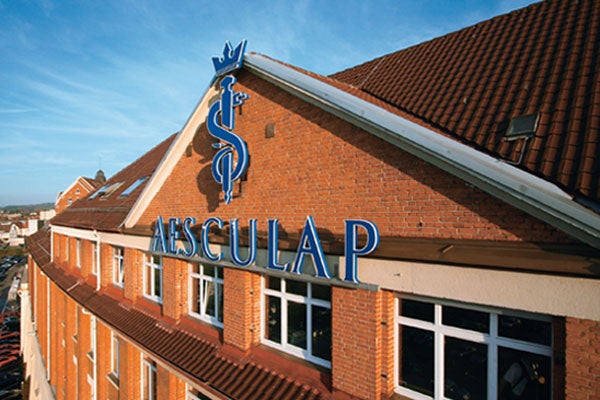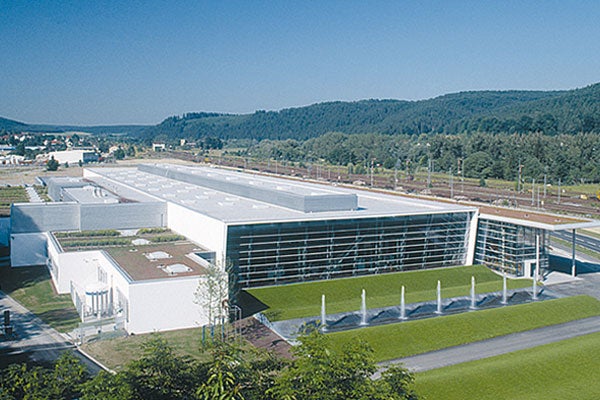2nd Floor: With B. Braun, Aesculap finds its way back to success
The 1st world war, the world economic crisis and the 2nd world war leave deep traces at Aesculap. The occupation of plant and machinery precipitated a long stagnation phase.
The number of people employed at Aesculap sank to its lowest level in 1966, after which the company’s fortunes began to recover. In 1971, the capital stock was raised for the first time since 1933 from DM 4.3m to DM 6.5m. Aesculap reacted to the increasing specialization within surgery by developing new products for cardio-vascular surgery, arthroscopy and micro-surgery, as well as hip joint prostheses.
B. Braun Melsungen AG acquired a majority shareholding in 1976. In 1977, Prof. Dr. Dr. Dr. h.c. Michael Ungethüm arrived at Aesculap, initially as a Deputy Board Member. He became a full Member of the Board in 1979 and was appointed Chairman in 1983. In 1996, Prof. Ungethüm also became a Member of the Board of B. Braun Melsungen AG and was appointed Deputy Chairman of the Board in the same year. Two years later, Aesculap AG & Co. KG was incorporated into the B. Braun company as the Aesculap Division.
Aesculap’s fortune continued to rise. From 1995 onwards a series of major, trendsetting building programmes was successfully initiated, beginning with the AESCULAPIUM and owing much to Prof. Ungethüm’s broad vision.
The Benchmark Factory, a modern manufacturing facility for implants, was opened in 2001.
In 2007 Aesculap’s turnover exceeded Euro 1bn for the first time, and that of the entire B. Braun Group Euro 3.5bn. The Benchmark Factory was extended and the new Logistics Centre built in 2008.
Another milestone followed in 2014 with the opening of a multipurpose factory building. In 2015, the Innovation Factory was opened and in 2017 the conversion of the old forge to the event staff restaurant was completed and the 150th anniversary of Aesculap was celebrated.


